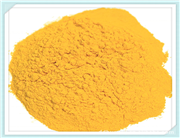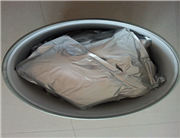Product Name: Florfenicol
CAS: 73231-34-2
MF: C12H14Cl2FNO4S
MW: 358.21
EINECS: 642-986-0
Melting point 153 °C
alpha 26 +17.9° (DMF)
Boiling point 618℃
density 1.451±0.06 g/cm3(Predicted)
RTECS DB6034000
Fp >110°(230°F)
storage temp. 0-6°C
Uses It is a kind of antibacterial drug. It is used as the veterinary antimicrobial drugs for treating bacterial diseases of pigs, chickens and fish. It has good efficacy in treating the infection disease of pigs, chickens and fish induced by sensitive bacteria, especially for treating respiratory infections and intestinal infections.
Chemical Properties White Crystalline Powder
Uses Fluorinated derivative of thiamphenicol. Inhibits bacterial protein synthesis by binding to ribosome 50S and 70S subunits. An antibacterial
Uses Antibacterial;Protein synthesis inhibitor
Uses Florfenicol is a fluorinated derivative of thiamphenicol. Florfenicol inhibits bacterial protein synthesis by binding to ribosome 50S and 70S subunits. Florfenicol is used as an antibacterial.
Uses Florfenicol is synthesised from thiamphenicol by replacing the 3-hydroxy group with fluorine, first synthesised at Schering in 1980. By replacing the hydroxy group, it was rationalised that chloramphenicol resistance via chloramphenicol acetyltransferase could be eliminated. Florfenicol is a broad spectrum antibiotic with good activity against Gram negative and anaerobic bacteria. Florfenicol acts by binding to the 23S sub-unit of the 50S ribosome, inhibiting protein synthesis. Florfenicol has been extensively studied with over 400 literature citations.
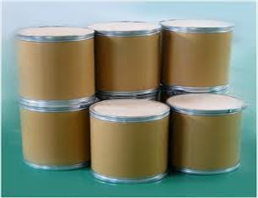
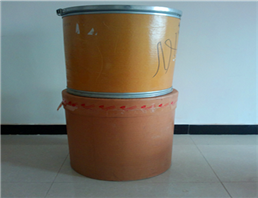
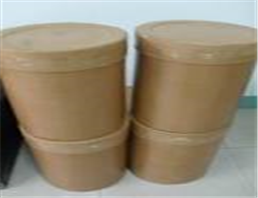

 China
China